The bright and alluring color of Red No. 3 has graced many food products, despite its ban in certain contexts. This dye, often found in candies and processed foods, has been a staple in the industry for decades. While its safety has been questioned, it continues to appear in some popular treats. Here, we explore 24 foods that still contain this controversial dye.
Candy Corn

Among the delights of Halloween, candy corn stands prominent with its tri-colored appearance. This iconic treat owes much of its visual appeal to Red No. 3. Despite the safety concerns, many revel in its sugary goodness each autumn.
Would Halloween be the same without it? That’s a debate for the ages. As the colors shimmer in bowls at parties, the blend of sweetness and controversy continues to captivate. Its presence in fall festivities endures, echoing a long-standing tradition.
Maraschino Cherries
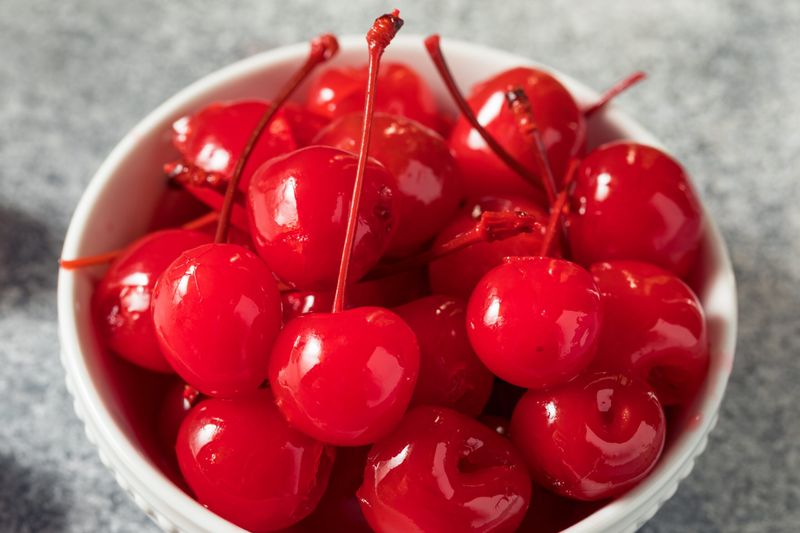
Maraschino cherries, adorning cocktails and desserts, wear their vibrant red with pride. This hue, courtesy of Red No. 3, brings a touch of elegance to every dish.
These cherries not only enhance the visual appeal but also add a sweet flavor to any concoction. Often found atop sundaes, their role extends beyond mere decoration. Their presence is a nod to culinary tradition.
Interestingly, the history of maraschino cherries dates back to Italy, where they were first preserved in maraschino liqueur.
Fruit Snacks
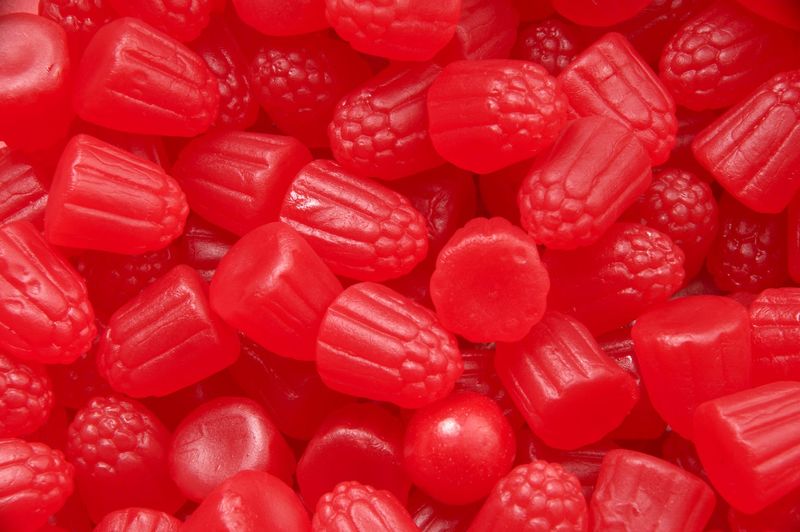
Fruit snacks, a favorite among children, often owe their vivid red hues to Red No. 3. These small, chewy bites offer a burst of flavor wrapped in bright colors.
Parents might overlook the dye, focusing instead on the convenience of these treats. These snacks are a staple in lunchboxes, providing a quick, sweet fix. Their appeal lies in both nostalgia and simplicity.
Despite health concerns, the snack’s popularity endures, offering a sweet reminder of carefree childhood days.
Jelly Beans
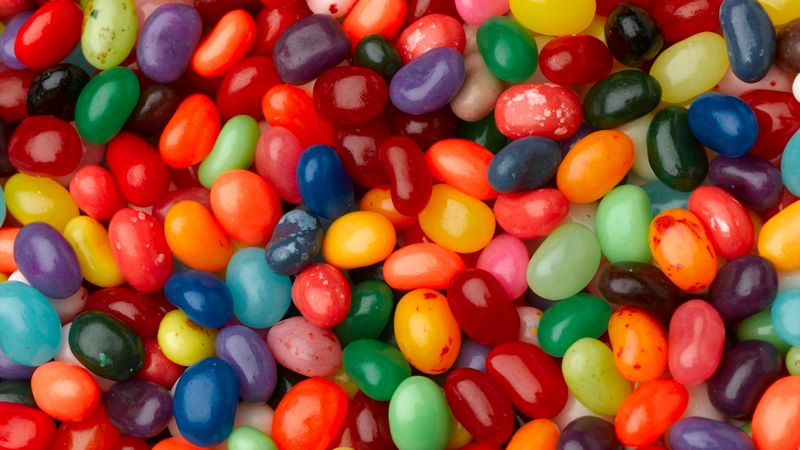
Jelly beans, with their glossy shells, are a testament to confectionery art. Among the rainbow of colors, those coated in Red No. 3 shine brightly.
These beans are a childhood favorite, often associated with Easter and celebrations. Their diverse flavors and vibrant appearance make them irresistible. Though small, they carry a legacy of joy.
Their colorful journey began in the early 20th century, evolving into a beloved treat worldwide. The debate on dyes does little to dampen their charm.
Gummy Bears

Gummy bears, the chewy, squishy delights, often owe their red hue to the presence of Red No. 3. These little creatures offer more than just sweetness; they evoke fond memories.
Whether perched on cakes or enjoyed on their own, gummy bears are a confectionery marvel. Their playful shape and fruity flavors make them a hit across generations.
Originating in Germany, these bears have danced their way into hearts around the world, proving that even small treats can leave a big impression.
Fruit Punch

The vibrant red of a classic fruit punch often comes from Red No. 3, adding visual excitement to this refreshing beverage. Its bright appearance invites sips at summer picnics and holiday gatherings.
Aside from its visual appeal, fruit punch offers a medley of flavors, combining sweet and tart notes. This drink is synonymous with celebration and joy, a staple at parties.
Though concerns about artificial dyes persist, the allure of a colorful punch remains undiminished, ensuring its place in festive traditions.
Cherry Pie Filling
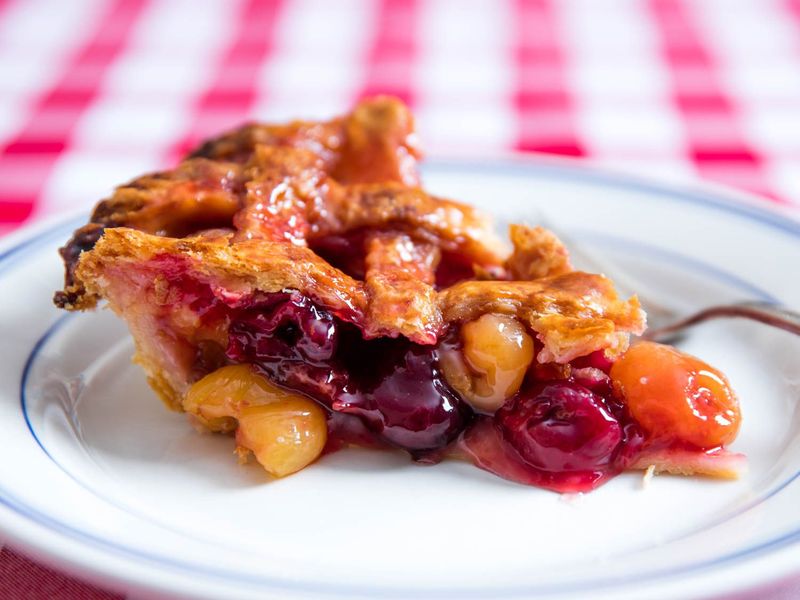
The glossy red filling of a cherry pie owes much to Red No. 3, enhancing its visual allure. This dye helps bring the tart and sweet cherries to life, making every slice a feast for the eyes.
Cherry pie has long been a dessert favorite, offering comfort and nostalgia in each bite. From family gatherings to festive occasions, its presence often signifies love and warmth.
Did you know that cherry pies date back to the early settlers in America, who adopted the recipe from European traditions?
Chewing Gum
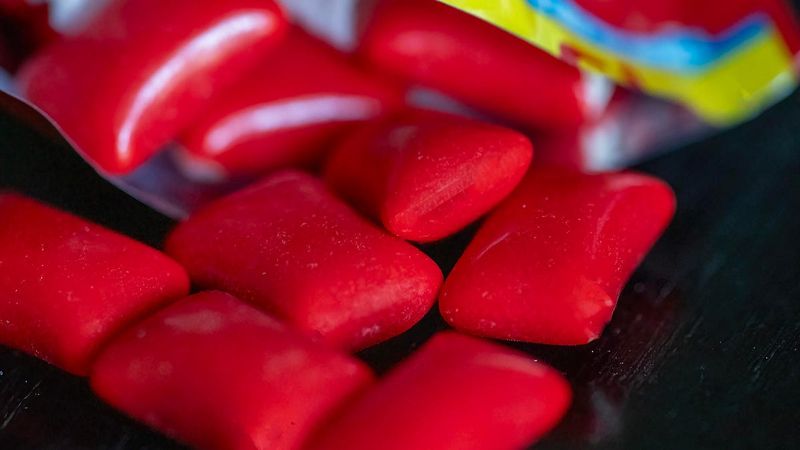
Chewing gum, with its myriad flavors and colors, often utilizes Red No. 3 for its eye-catching hues. This dye plays a significant role in making the gum visually appealing.
The act of chewing gum is more than a habit; it’s a cultural phenomenon. From freshening breath to relieving stress, gum offers multiple benefits.
The invention of chewing gum dates back thousands of years, with ancient civilizations enjoying tree resins. Today, the colorful varieties bring a modern twist to an age-old practice.
Ice Pops
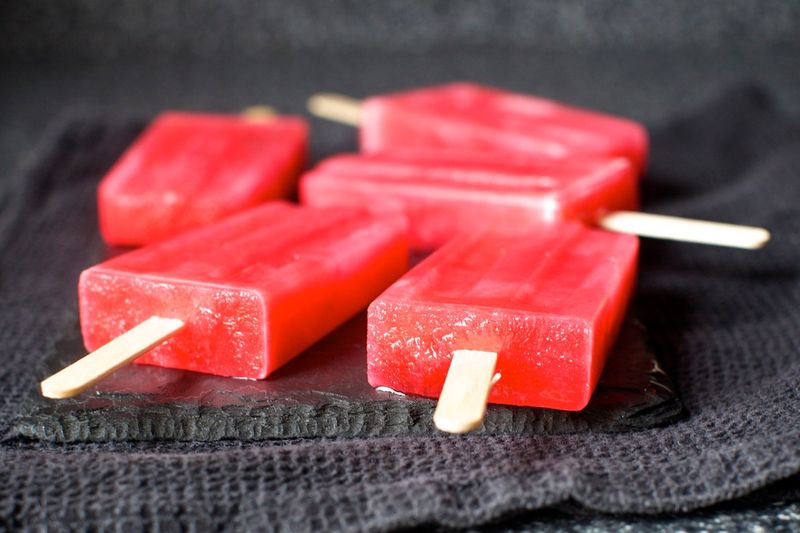
Ice pops, the quintessential summer treat, often owe their vibrant red hue to Red No. 3. These frozen delights provide a refreshing escape from the heat.
Whether enjoyed poolside or at a beach, ice pops offer a burst of fruity flavor. Their chilling effect and vivid colors make them irresistible.
Interestingly, the first ice pops were a happy accident by an 11-year-old in 1905. This serendipitous creation has since become a beloved staple for cooling off during hot days.
Red Velvet Cake
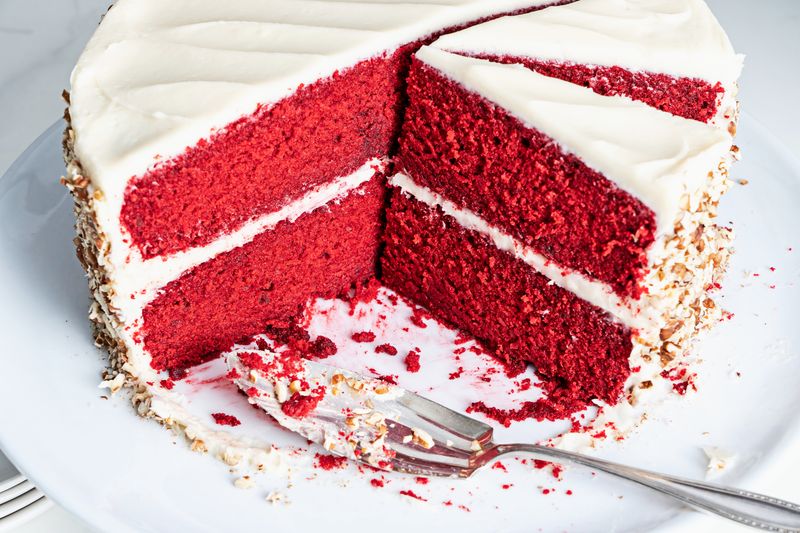
The rich red hue of a red velvet cake is often achieved with the help of Red No. 3. This visual appeal adds a touch of luxury to this beloved dessert.
With its moist texture and cream cheese frosting, red velvet cake has become synonymous with indulgence. Often gracing the tables at weddings and parties, it offers a sweet delight.
Did you know? The origin of red velvet cake traces back to the Victorian era, where it was a symbol of elegance and sophistication.
Licorice
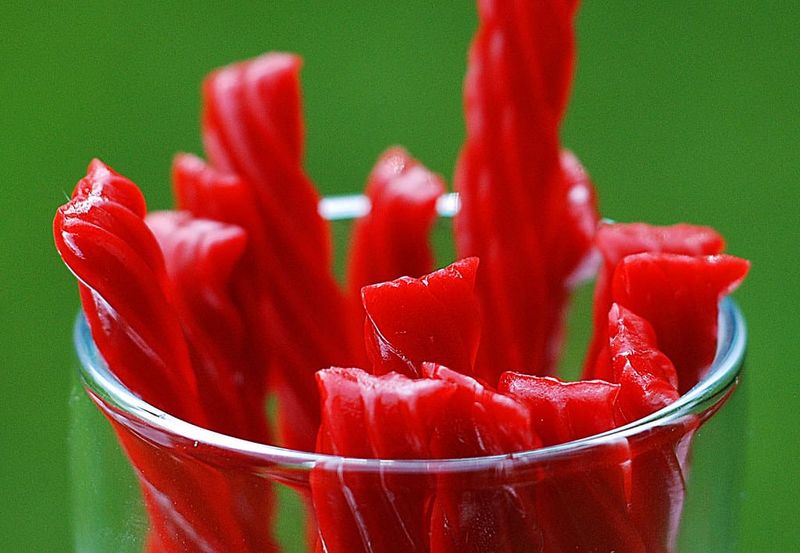
Red licorice, a chewy delight with a hint of sweetness, often relies on Red No. 3 for its vibrant color. This candy is a favorite among both young and old.
Its unique flavor and texture make it stand out in the world of confectionery. Often enjoyed at movie theaters and carnivals, red licorice carries with it memories of joy and leisure.
Interestingly, while called ‘licorice’, it rarely contains actual licorice root, instead focusing on fruit flavors to entice the palate.
Canned Strawberries
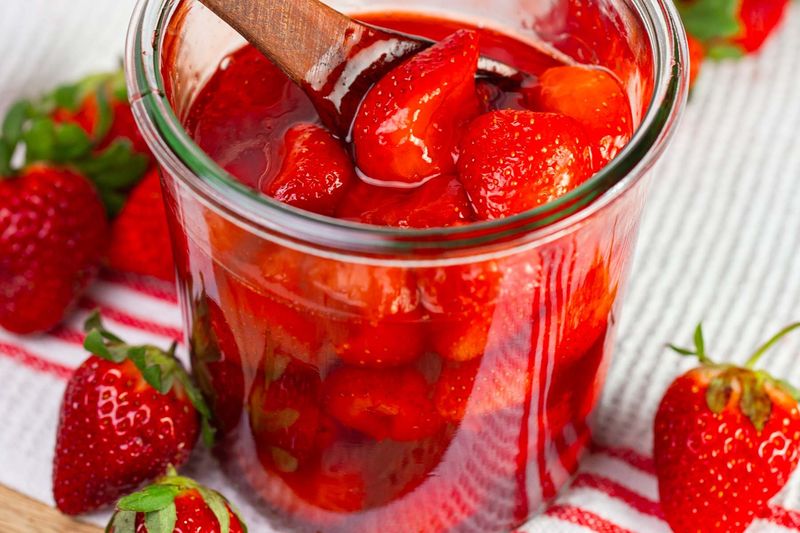
Canned strawberries, preserved for convenience, often showcase their vibrant red hue courtesy of Red No. 3. These fruits are a delightful addition to desserts and breakfasts.
With their sweet and tangy flavor, canned strawberries bring a taste of summer to the table year-round. They can top pancakes or be blended into smoothies.
The practice of canning fruits dates back to the early 19th century, providing a means to enjoy seasonal produce long after harvest. The tradition continues with these colorful berries.
Candied Apples

The allure of candied apples lies in their shiny red coating, often achieved with Red No. 3. These treats are a staple at fairs and festive occasions.
Biting into a candied apple reveals a crisp, juicy interior, contrasting with the hard candy shell. This treat captures the essence of autumn and childhood wonder.
Originating in the early 20th century, candied apples have become synonymous with fall celebrations, offering both beauty and flavor in a simple package.
Frosting
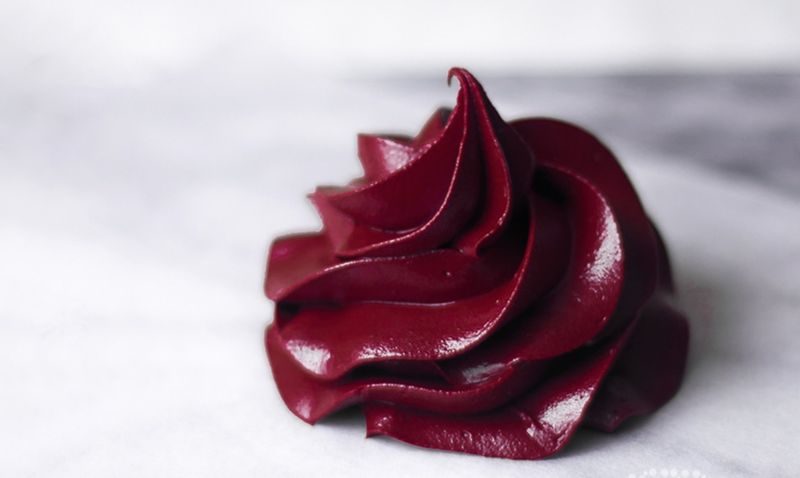
Frosting, the crowning glory of cakes and cupcakes, often uses Red No. 3 for its vibrant hues. This dye helps bring designs to life, adding an artistic touch to baked goods.
Bakers use frosting not only for aesthetics but also to enhance the flavor and texture of desserts. Its creamy consistency and bright colors make it a favorite.
Frosting has a long history, with early forms dating back to the 17th century. Today, it continues to be an essential element in the world of baking.
Popsicles
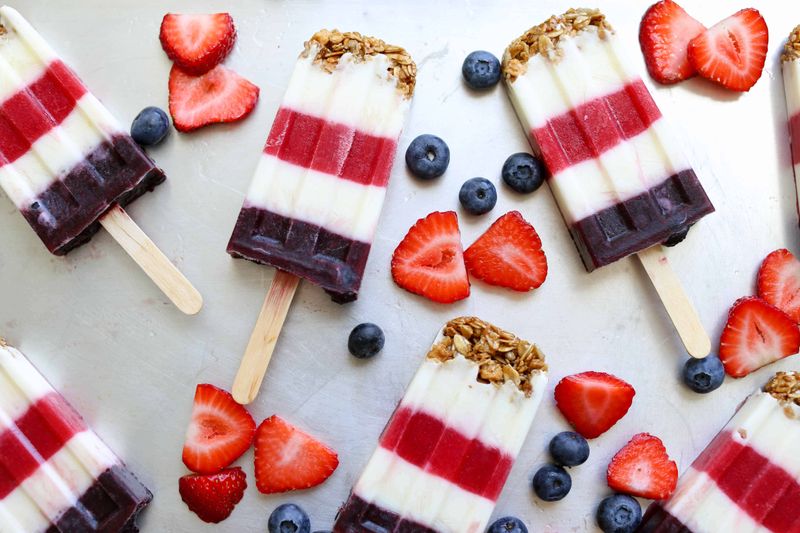
Popsicles, the frozen delight on a stick, often feature Red No. 3 to achieve their vivid colors. These treats are synonymous with summer fun and childhood memories.
The refreshing taste and bright appearance make popsicles a go-to choice for hot days. Whether fruit-flavored or creamy, their appeal is universal.
The concept of popsicles began with an accidental creation in 1905, much like ice pops. Today, they are a beloved treat, cherished for their simple pleasure.
Fruit Roll-Ups

Fruit roll-ups, a favorite snack among kids, often owe their vibrant colors to Red No. 3. These roll-ups provide a fun, chewy experience.
Their playful nature makes them a popular choice for lunchboxes and snacks. The combination of fruity flavors and bright hues creates a snack that’s hard to resist.
Interestingly, fruit roll-ups gained popularity in the 1980s, catering to the demand for convenient, packaged snacks. Their legacy continues as a symbol of childhood indulgence.
Gelatin Desserts

The shimmering appearance of gelatin desserts often comes from Red No. 3, adding a burst of color to the table. These desserts are as much a visual delight as they are a treat for the taste buds.
Easy to prepare, gelatin desserts are a staple at gatherings. Their bright colors and jiggly texture invite smiles and enjoyment.
The history of gelatin desserts dates back to the early 19th century, when they were considered a luxury. Today, they remain a popular choice for their charm and simplicity.
Sour Candies
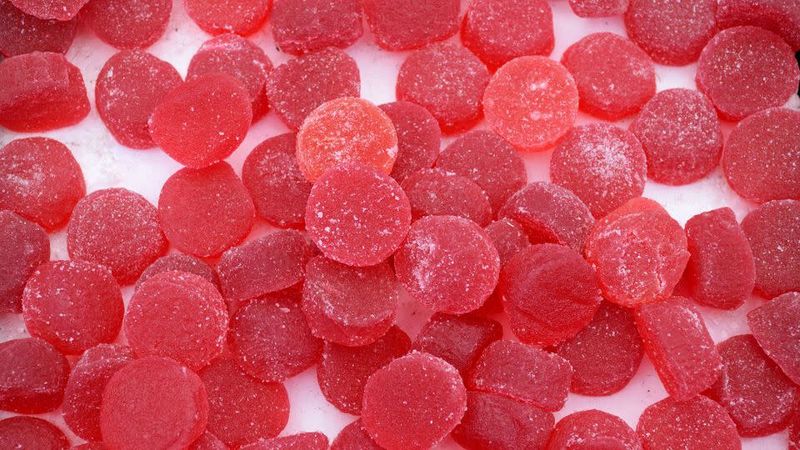
Sour candies, known for their tangy punch, often derive their vibrant red color from Red No. 3. These candies offer a bold contrast of flavor and color.
From sour gummies to hard candies, the variety is vast, each offering a unique experience. Their appeal lies in the unexpected burst of tanginess that follows the initial sweetness.
Sour candies have roots in ancient times, with early versions using tart fruits. Today, they continue to surprise and delight candy lovers worldwide.
Chocolate-Covered Cherries
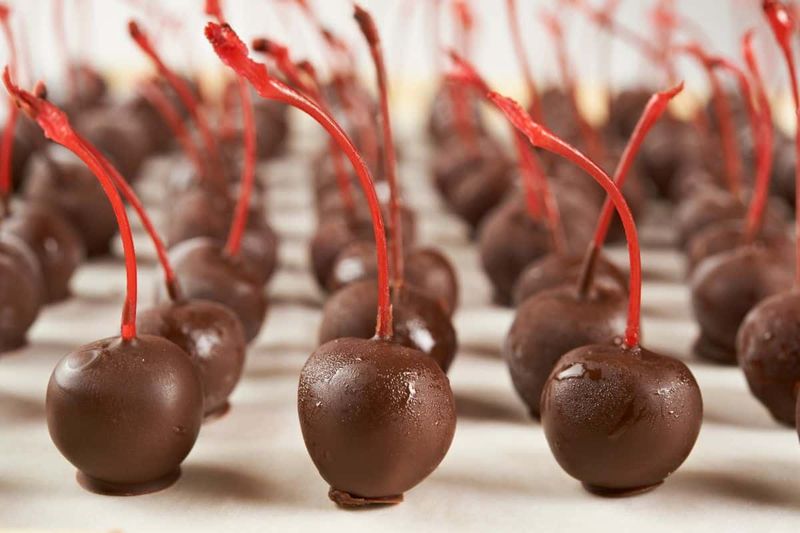
Chocolate-covered cherries, with their sweet and indulgent nature, often owe their red hue to Red No. 3. These treats combine rich chocolate with juicy cherries for a luxurious experience.
Perfect for gifting or indulging, chocolate-covered cherries offer a blend of flavors that’s hard to resist. Their visual appeal enhances their desirability.
This combination has a long history, with chocolate and cherries complementing each other beautifully since the 18th century. Together, they create a symphony of taste and elegance.
Sugared Berries
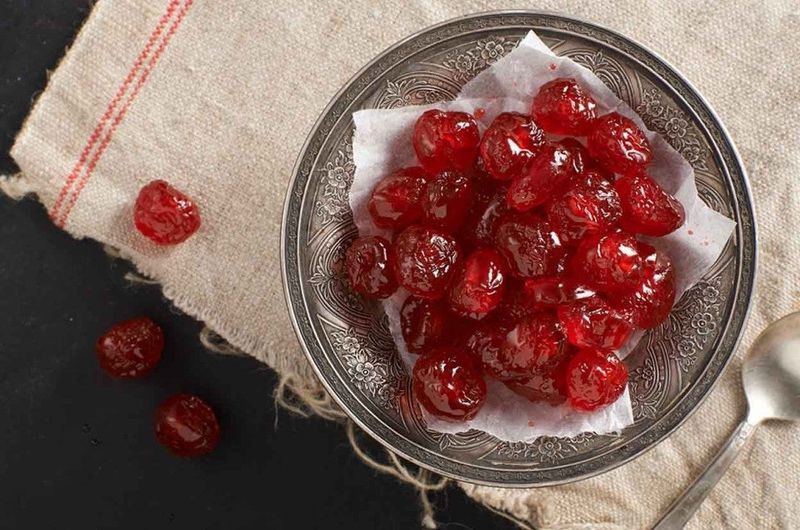
Sugared berries, with their sparkly coating and vibrant color, often feature Red No. 3 to enhance their appearance. These berries are a delightful addition to desserts and drinks.
Their sweet and tangy flavors provide a refreshing contrast, making them a favorite for garnishing. The visual appeal of sugared berries elevates any dish.
The art of sugaring fruits dates back centuries, with early confectioners using sugar to preserve and decorate. Today, the tradition continues with these colorful berries.
Candy Canes

The iconic red and white swirl of candy canes often uses Red No. 3 to achieve its vibrant look. These canes are a symbol of holiday joy.
Often hung on trees or enjoyed as a sweet treat, candy canes carry the spirit of the season. Their peppermint flavor and cheerful appearance make them a holiday staple.
Did you know? The origin of candy canes dates back to the 17th century, with the signature curve added to resemble a shepherd’s crook. Their story adds charm to their festive presence.
Red Licorice Twists
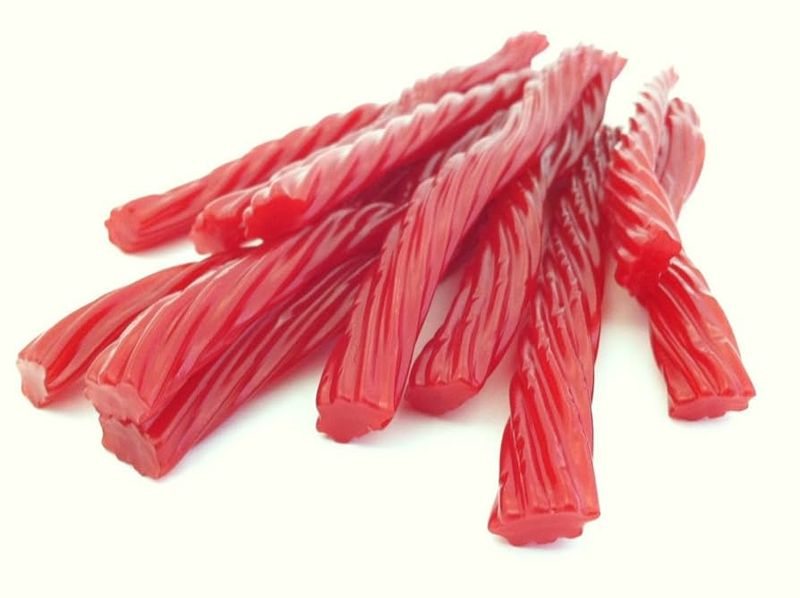
Red licorice twists, with their chewy texture and fruity flavor, often rely on Red No. 3 for their striking color. These twists are a favorite among both kids and adults.
Perfect for snacking or sharing, red licorice twists offer a burst of sweetness that’s hard to resist. Their playful form and vibrant color make them a popular choice.
Despite their name, red licorice typically uses fruit flavors rather than true licorice. This twist on tradition adds a modern touch to a classic candy.
Sweetened Condensed Milk
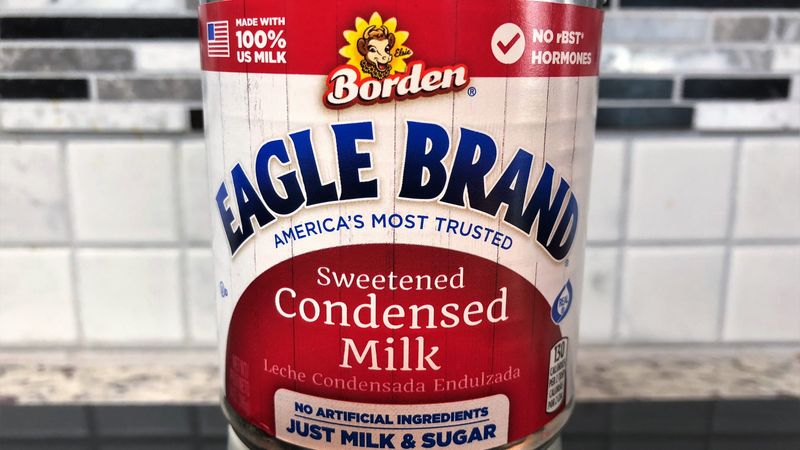
Sweetened condensed milk often finds use in desserts, with certain varieties using Red No. 3 for a rosy tint. This ingredient is a baking staple, known for its rich, sweet flavor.
From pies to candies, sweetened condensed milk adds a creamy texture to countless recipes. Its versatility makes it a beloved choice among bakers.
Introduced in the 19th century as a means to preserve milk, it has since become an essential part of culinary traditions worldwide, cherished for its ability to enhance sweetness and texture.
Pomegranate Juice
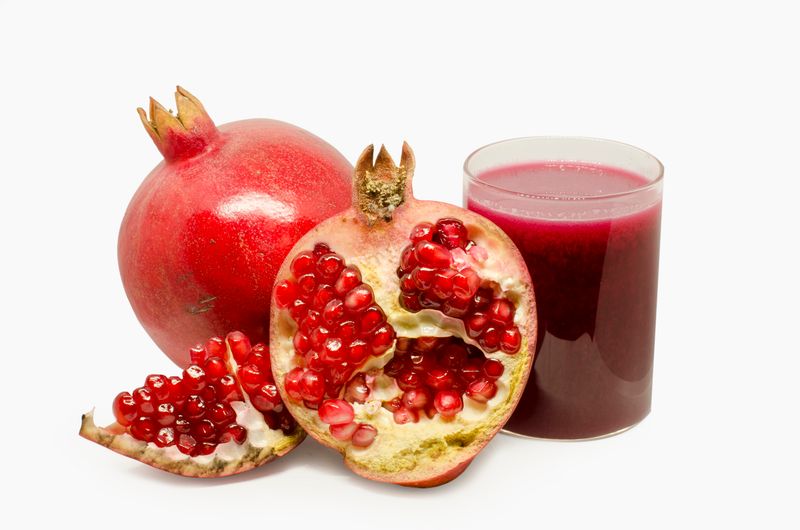
Pomegranate juice, prized for its tart flavor and health benefits, sometimes uses Red No. 3 to enhance its vibrant appearance. This juice is a refreshing choice, rich in antioxidants.
Whether enjoyed on its own or mixed into cocktails, pomegranate juice offers a burst of flavor. Its bright color adds visual appeal, making it a favorite at gatherings.
With roots in ancient Persia, pomegranates have long been celebrated for their symbolic and nutritional value. The juice carries on this legacy, offering both taste and tradition.
Leave a comment